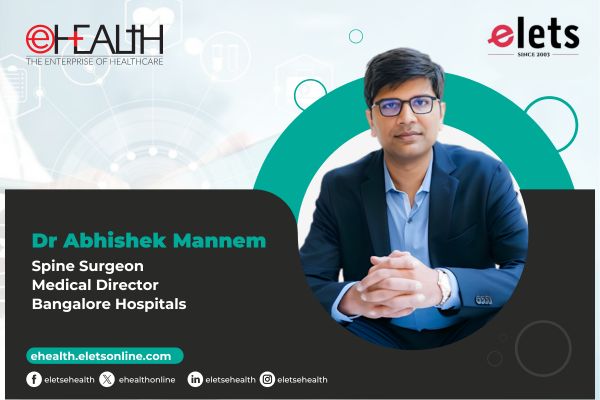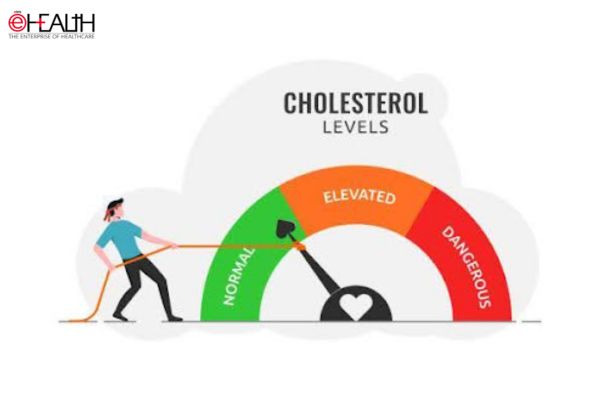
The field of laboratory diagnostics has seen a remarkable evolution over the years, transforming from slow, labor-intensive processes to rapid, high-tech solutions that deliver results within hours. One of the most significant advancements in this area is the development of Point-of-Care Testing (POCT) analyzers, which are revolutionizing how and where diagnostic tests are performed. Among these, dry chemistry technology stands out as a game-changer, offering unprecedented speed, accuracy, and convenience in diagnostic testing.
The Evolution of Biochemical Testing

Biochemical testing plays a critical role in every branch of clinical medicine, from diagnosing diseases to monitoring treatment and predicting outcomes. Traditionally, these tests required complex laboratory setups, skilled personnel, and significant time to deliver results. Patients often had to wait days to receive their blood test reports, which delayed diagnosis and treatment.

With technological advancements, however, this landscape has dramatically changed. Modern laboratory diagnostics now allow for results to be delivered within hours, greatly enhancing the speed and efficiency of medical care. POCT analyzers, particularly those utilizing dry chemistry technology, have been at the forefront of this transformation, enabling clinicians to provide immediate and accurate diagnoses, even in settings far removed from traditional laboratories.
The Power of Dry Chemistry Technology
Dry chemistry technology, first introduced in 1941, has become the gold standard in diagnostic testing due to its accuracy, reliability, and environmental benefits. Unlike wet chemistry, which requires liquid reagents and a controlled laboratory environment, dry chemistry uses solid reagents embedded in test strips or cartridges. This eliminates the need for water, a crucial advantage given the increasing global concerns about water scarcity.
The absence of water not only simplifies the testing process but also ensures consistent and reliable results, regardless of the testing environment. This makes dry chemistry POCT devices particularly valuable in clinics, nursing homes, and other healthcare settings where laboratory conditions may be less than ideal. The portability and ease of use of these devices allow for rapid diagnostic testing at the patient’s bedside or in remote locations, ensuring that critical healthcare services are accessible to everyone. POCT Dri Chemistry analyzer has a test menu that helps in the fastest diagnosis of non-communicable diseases, which is the need of the hour for the Indian population today – 15 results in 12 minutes.
Overcoming Diagnostic Challenges with POCT
One of the most significant challenges in delivering effective healthcare in rural and underserved areas is the lack of access to advanced diagnostic facilities. Small clinics, nursing homes, and rural hospitals often struggle with limited space, untrained personnel, and inadequate laboratory infrastructure. These limitations can lead to delays in diagnosis, which in some cases, can be fatal.
POCT devices, particularly those based on dry chemistry technology, offer a solution to these challenges. These compact, user-friendly devices can be easily deployed in a variety of healthcare settings, providing rapid and reliable diagnostic results without the need for extensive laboratory support. This allows clinicians to make timely decisions and initiate treatment without delay, significantly improving patient outcomes.
The Future of Diagnostic Testing: Expanding Access and Improving Outcomes
As the world continues to embrace digitalization and artificial intelligence, POCT devices have the potential to transform how and where medical care is delivered, particularly in rural and underserved areas. The global POCT market reached $36.8 billion in 2023 and is projected to grow by nearly 5% annually through 2028. By enabling rapid, accurate diagnoses at the point of care, POCT devices can help bridge the gap between urban and rural healthcare, ensuring that everyone has access to the medical services they need.
Mobile medical vans equipped with POCT devices can bring healthcare to even the most remote villages, allowing clinicians to diagnose and treat patients on the spot. This not only saves time but also reduces the burden on larger hospitals and laboratories, which can focus on more complex cases.
As this transformative potential unfolds, various innovations are leading the charge, setting new standards in diagnostic testing. Among these, the Fujifilm Dri-Chemistry Analyzers represent the pinnacle of POCT technology, offering unparalleled ease of use, accuracy, and convenience. These analyzers require no calibration, operate on a simple plug-and-play setup, and are compact enough to fit into any healthcare setting. The independence from water and the minimal need for trained personnel make them ideal for use in remote and resource-limited environments.
Also Read: The Evolution of MitraClip Technology: Innovations and Improvements
Final Say
The introduction of dry chemistry POCT technology marks a significant milestone in the evolution of diagnostic testing. By bringing laboratory-grade accuracy and reliability to the point of care, these devices are revolutionizing healthcare delivery, particularly in resource-limited settings. As technology continues to advance, the future of diagnostic testing looks brighter than ever, with the promise of better access, faster results, and improved patient outcomes.
Views expressed by: Shivani Shah Kadu, National Business Manager – IVD, Healthcare Business, FUJIFILM India
Be a part of Elets Collaborative Initiatives. Join Us for Upcoming Events and explore business opportunities. Like us on Facebook , connect with us on LinkedIn and follow us on Twitter , Instagram.
"Exciting news! Elets technomedia is now on WhatsApp Channels Subscribe today by clicking the link and stay updated with the latest insights!" Click here!














